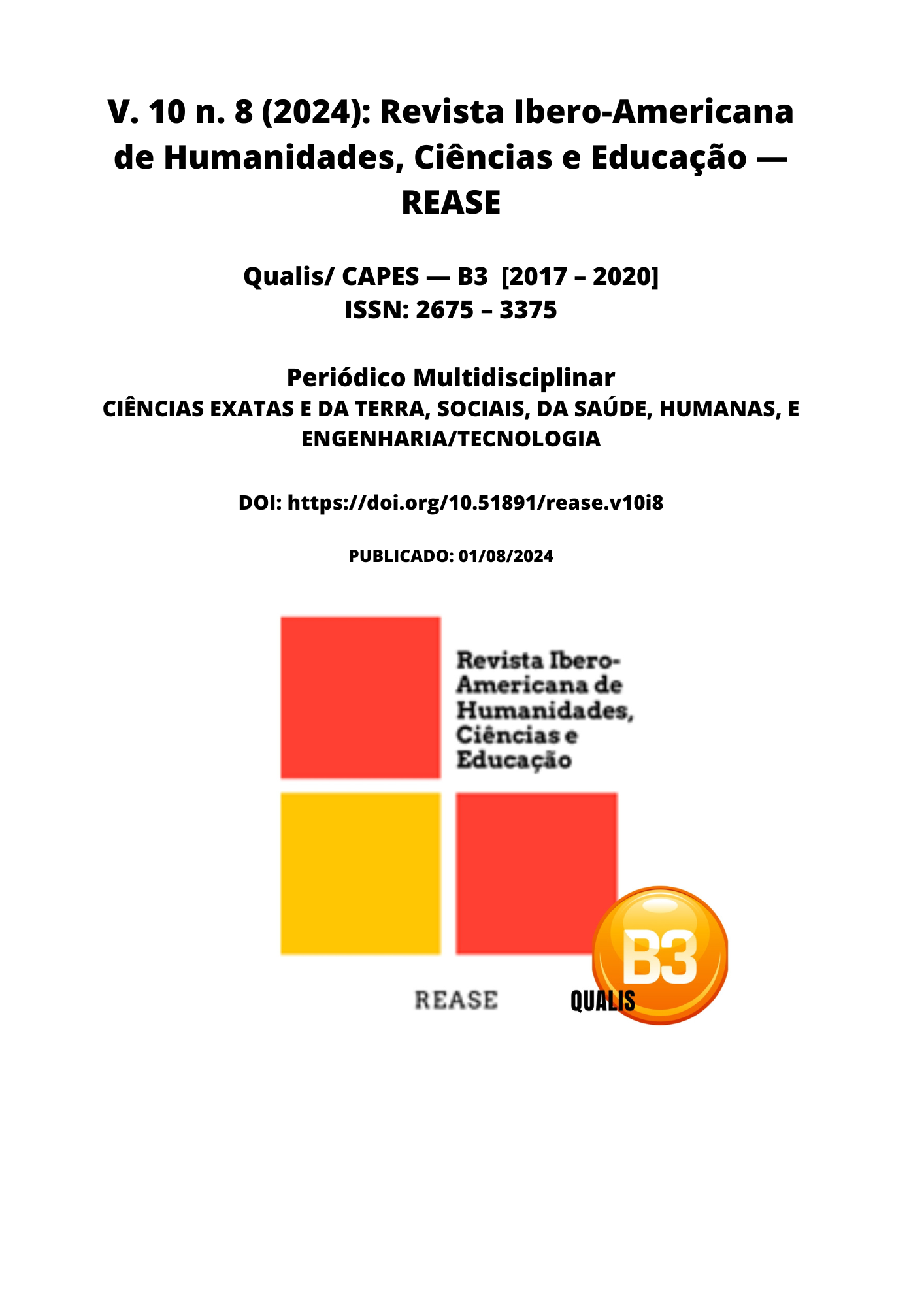THE IMPACT OF TECHNOLOGIES ON CLASSROOM DYNAMICS
DOI:
https://doi.org/10.51891/rease.v10i8.15500Keywords:
Educational technologies. Digital culture. Flipped classroom. Collaborative learning. Concept maps.Abstract
This study analyzes the integration of technologies in the educational context, focusing on the technological and pedagogical aspects necessary to align education with the digital culture of the 21st century. The main objective was to examine how technological and pedagogical principles can be effectively applied in the classroom, promoting a learning environment adapted to contemporary demands. The methodology employed consists of a bibliographic review that addresses central themes such as concept maps, programming logic, collaborative learning and the flipped classroom methodology. The results indicate that the adoption of these technologies can transform the teaching process, making it personalized. Concept maps, for example, help in the organization and visualization of interrelations between different topics, while programming logic develops cognitive skills important for solving complex problems. Collaborative learning, mediated by technologies, enhances the collective construction of knowledge and the development of social skills. The flipped classroom methodology, on the other hand, allows the use of time in the classroom, focusing on the practical application of knowledge. In addition to enriching the educational process, the study highlights the importance of ongoing teacher training for the successful implementation of these technologies. It also highlights the need for future research that explores the impact of these tools in different educational contexts and student populations. In short, the integration of technologies in the classroom, when well planned and aligned with pedagogical objectives, can contribute to an education that is relevant to the challenges of the 21st century.
Downloads
Downloads
Published
How to Cite
Issue
Section
Categories
License
Atribuição CC BY

